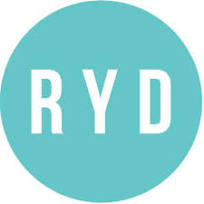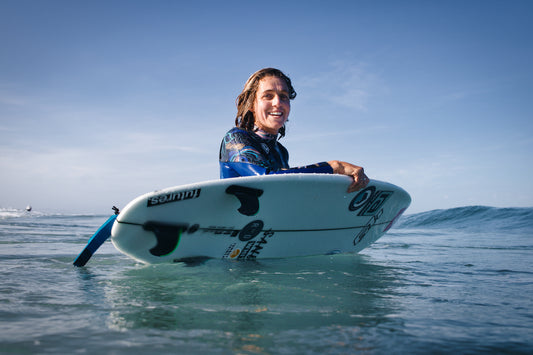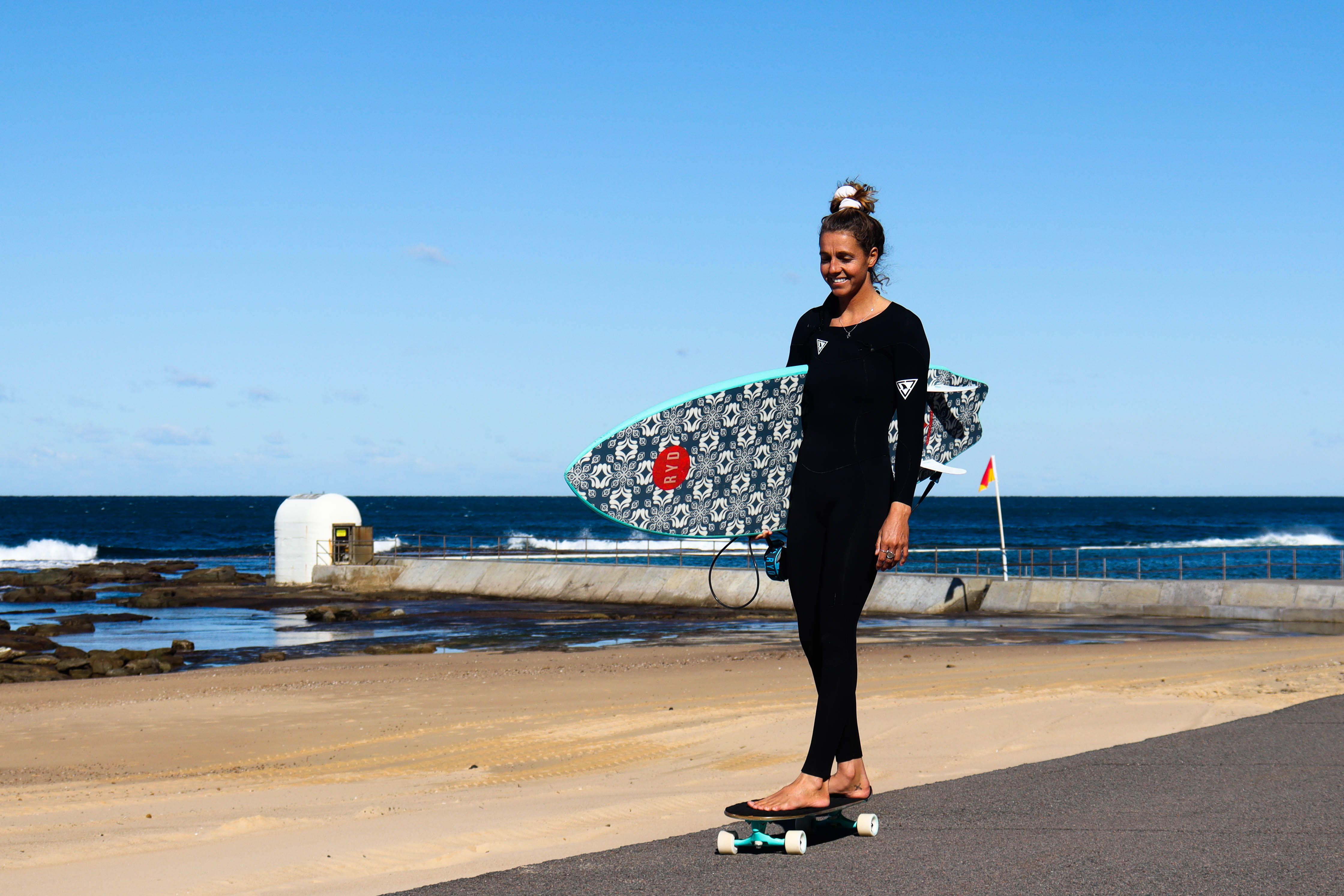How will the surf industry look post COVID-19?
By now we’ve all had our own personal experience with COVID-19. The effect of the invisible villain has indelibly changed the shape of our world, and most of us are still trying to understand what that will mean for our everyday lives of the future.
While less than half a percent of the Australian population are infected by the virus at the time of writing, the impact of the lockdowns, quarantines and restrictions put into place, meant the squeeze has been felt in every corner of the country.
Perhaps the biggest suffocation was for those businesses that were forced to close for one reason or another. The surf industry wasn’t immune to the sweeping limitations that were put in place, and if those didn’t get you, the reduction in foot traffic put a hand-brake to cash flow. And no cash flow means no business. Understandably essential services took precedence. But to the surfing population and its adjacent industry, surfing (and its associated lifestyle) is absolutely essential to its survival.
And there isn’t a surf business that hasn’t had to make some changes. From small mom and pop surf shops, right the way through to the big apparel brands there has been casualties. Staff have been laid off, some furloughed if they’re luckier. Doors have closed, some emptied for good. Some are operating on skeleton staff while some are still pushing online sales. Some have taken long service leave, and others are working from home. Some salaries have been cut and many a restructure has taken place. For everybody it’s back to the financial drawing board to plot a way through this time. The ripple effect will be felt for some time.
Dave Tanner, CEO of the Boardriders Group (Quiksilver, Billabong, Roxy etc.) said in a recent interview that ‘everything was on the table for the group’ before quantifying his statement further. “We all need to work through this together. There is no way our business or any piece of the ecosystem can fully absorb everything that is going on here.”
It must be said that we’ve heard the creaking and the groaning and the cracking of this fragile ecosystem for a little while already. Many words have been written in these very columns about the ‘right sizing’ of the industry, a push back to the simpler times when the ecosystem was nurtured not neglected. Brands (and retailers) that were hinged to the fashion cycles have gotten used to the sickening feeling of the roller coaster ride business has been. Smaller, more nimble brands started emerging, new retail formats tested and one got the sense that fresh change was coming for those who could read the tealeaves. All the while surfing continued to grow in participation and while some struggled to join the dots, others saw opportunity.
Then the virus hit, changing the landscape forever.
Do we know what the new landscape will look like? Not yet. But this global pandemic might just have been the accelerant to the re-set many have seen coming for years. And out of that will come opportunity. Surfers are not going to stop surfing, in fact the opposite will happen. Many of our tribe have been trapped in police enforced isolation; domestic travel has been restricted and international exploration off the table. You don’t need a degree to know what happens when all this is over. It’s how the surf industry responds that’ll make all the difference.
Tanner believes we’ll emerge to a much more ‘muted environment’ where digital and online platforms will gain even more momentum, and spending will be reserved for the essentials, leading to more streamlined ranges.
Essentials? Well ask yourself the question; what do I need to go surfing?
Neil Ridgway, Chief Brand and Marketing Officer for Rip Curl has seen many a season come and go. His view is a solid as Torquay winter groundswell for those involved with surf essentials. “Those with strong core products that surfers really need, with great technical edge and purpose will be best placed. The recession of 1991/1992 and the global financial crisis of 2008 showed that.”
So who will emerge the strongest out of all of this? Ridgway doesn’t mince his words. “Surfing companies focussed on surfing. It ain’t rocket science. But it’s a crapshoot right now, so stick to your values and make decisions to be well placed when the doors open and the people hit the beach again. Until then, stay inside and watch your families.”
So is the surf industry dead? The short answer is no, but it is in ICU for now. There is a pulse. And where there’s a pulse, there’s hope. Like the late, great Nelson Mandela responded when asked how he survived in prison all those years. He said, “I didn’t survive, I prepared.”
It’s time to prepare, learn from the past and create a new normal for the surf industry. We may be dancing ugly right now, but at least we’re still dancing.
This article first appeared in Surfing Life Magazine and was written in mid-April 2020 by Brad Bricknell. You can buy a copy of the magazine in Australia or subscribe at https://www.surfinglife.com.au
Photo credit: Shane Nienaber and RYD Team






